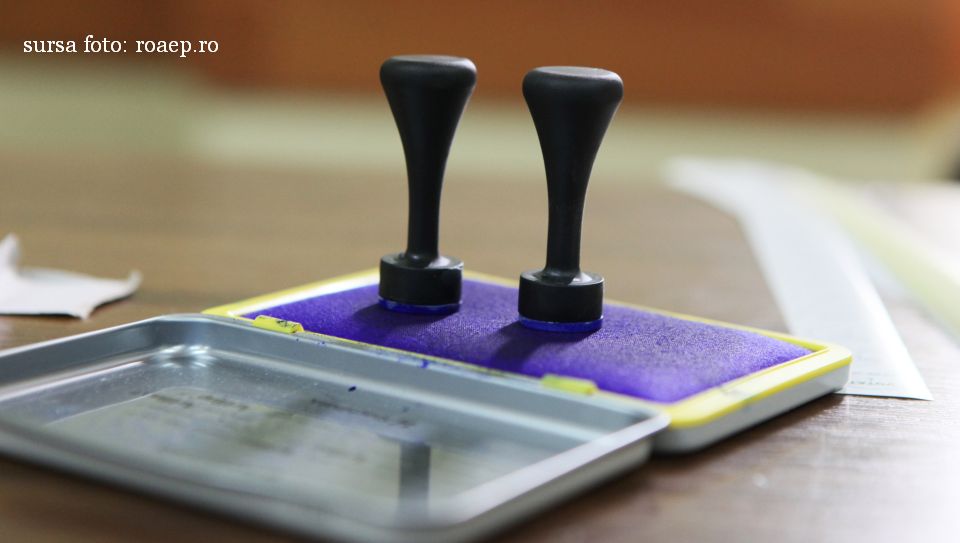US anti-ballistic shield in Romania
The Aegis Ashore military facility in Deveselu, southern Romania, achieved operational status on Thursday.

Bogdan Matei, 12.05.2016, 14:09
“It’s an important day for everyone. Today we open the facility in Deveselu”, Romania’s president Klaus Iohannis exulted on Thursday morning upon receiving in Bucharest the NATO Secretary General Jens Stoltenberg, only a few hours before the activation of the anti-ballistic shield in Deveselu, southern Romania. The day before the president had reiterated the purely defensive purpose of the shield and its role in fulfilling NATO’s underlying mission, namely to ensure the collective defense of its member states.
In turn, Prime Minister Dacian Ciolos said Romania has from the very beginning supported Allied efforts to achieve ballistic defense. Bucharest officials have repeatedly highlighted the fact that the anti-ballistic shield does not target Russia. In turn, the US Assistant Secretary of State for Arms Control, Frank Rose, said that system in Deveselu seeks to protect Europe against short- and medium-ranged missiles that might be launched from the Middle East. Iran continues to develop, test and deploy a wide range of short and medium-ranged military capabilities, the US official said, adding that in recent months the Iranians have tested medium-ranged missiles that might reach Europe, including Romania.
According to the US State Department, the military facility in southern Romania is key to NATO’s anti-ballistic defense system, also signaling the strength of the Romanian-US Strategic Partnership and the US commitment towards European and Euro-Atlantic security. Radio Romania’s Moscow correspondent says Russia does not consider the shield as a threat to its offensive nuclear potential, although it feels obliged to respond to US actions by modernizing its ballistic missiles. US analysts had previously warned that Western countries should expect a military response from Moscow.
Russia might respond to the opening of the military facility in Romania by deploying troops or carrying out military exercises alongside Russia’s western borders. Another possible risk would be for Russia to break the Intermediate-Range Nuclear Forces Treaty, which forbids ground-launched ballistic and cruise missiles with a range between 500 and 5,500 km. The anti-ballistic shield in Deveselu is part of a broader ballistic defense system the US has been installing in several allied states.
Other components include a ground radar facility in Turkey, four US Navy battleships fitted with anti-ballistic capabilities in Spain, a command hub at the Rammstein Air Base in Germany, as well as a second anti-ballistic facility in Poland, which will achieve operational status in 2018.
(Translated by Vlad Palcu)






























